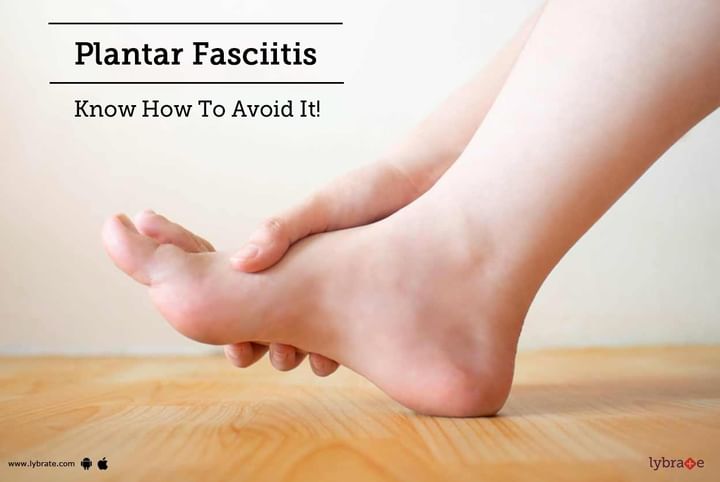Plantar Fasciitis - Know How To Avoid It!
Plantar fasciitis or foot arch pain is the most widely recognised form of foot ache. The plantar fascia is a belt of the tissue (tendon) that connects your heel to your toes. It supports your foot arch. If you strain your plantar belt, it gets weak, swollen, and inflamed. At that point, your heel or the base of your foot hurts when you stand or walk.
Plantar fasciitis is very common in moderately aged individuals. It also affects young individuals who are on their feet a great deal, like athletes or sportspersons. It can happen in one foot or both feet. Straining the tendon or ligament that supports your arch causes plantar fasciitis. Repeated strain can bring about small tears in the tendon. These can lead to pain and swelling.
- No single treatment works best for those suffering from plantar fasciitis. However, there are numerous things you can do to help your foot to improve from this condition. These are as follows:
- Try to give your feet a lot of rest. Decrease the type of exercises that can make your foot hurt. Do whatever it takes not to walk or keep running on hard surfaces.
- Avoid wearing heels if that is what might be causing the pain. Try to wear shoes with soft soles.
- To diminish the pain and swelling, try applying ice on your arch or even heels, in case the pain is caused because of the arch. On the other hand, take an over-the-counter (OTC) pain reliever like ibuprofen, (for example, Advil or Motrin) or naproxen, (for example, Aleve).
- Do toe stretches, calf stretches and towel extends a few times a day, particularly when you first get up in the morning. (For towel stretches, you pull on both the ends of a towel that you put under the bundle of your foot.) Before doing so, roll the towel into the shape of a band.
- Get another pair of shoes. Pick shoes with great curve bolster and a padded sole. On the other hand, you can also use heel mugs or shoe inserts (orthotics). Utilize them in both shoes, regardless of the possibility that only one foot hurts.
In case that these medications do not help, your doctor may suggest splints or supports that you can wear during the evening. He or she may also suggest certain shots of medicine, (for example, a steroid) in your heel, or different medicines. Most people will not require surgery. Specialists just propose it for individuals who still have pain even after taking different medicines for six to twelve months.
Plantar fasciitis frequently happens as a result of injuries that have happened after some time. With treatment, you will face less pain within a couple of weeks. However, it may take time for the pain to leave totally. It might take a couple of months to a year. Continue with your treatment. In case you do not, you may have chronic pain when you stand or walk. The sooner you begin treatment, the sooner your feet feel relief.



+1.svg)
